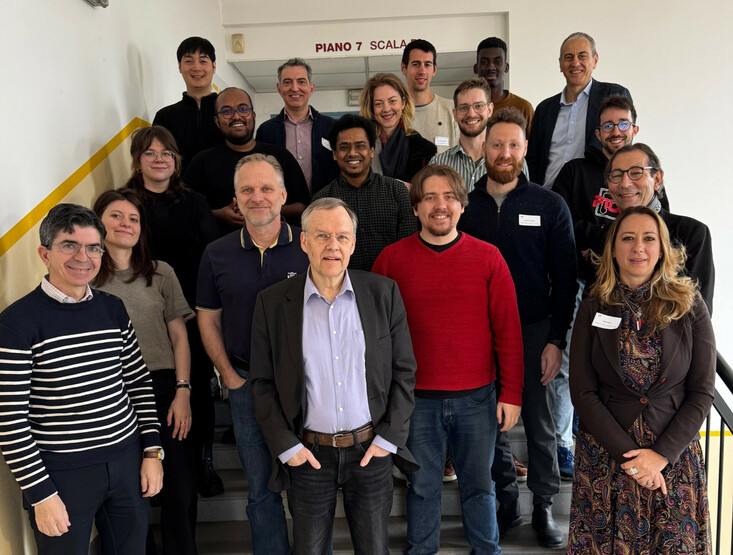TRAIL Project Midterm Meeting in Padua
19 March 2025

The TRAIL project (Transparent Interpretable Robots), part of the EC-funded Marie Skłodowska-Curie Action, has reached a major milestone as it approaches the successful completion of its first half. All 10 doctoral candidates are progressing well in their research and fostering valuable collaborations. The recent two-day midterm meeting at the University of Padua, organized by Prof. Alessandro Sperduti, highlighted the team’s progress. An example of their research is reflected in a recently published paper in Neurosymbolic Artificial Intelligence by PhD student Sergio Lanza from our group. Here's more information about it:
Title: From Neural Activations to Concepts: A Survey on Explaining Concepts in Neural Networks
Authors: Jae Hee Lee, Sergio Lanza, Stefan Wermter
Abstract: Natural language explanations promise to offer intuitively understandable explanations of a neural network's decision process in complex vision-language tasks, as pursued in recent VL-NLE models. While current models offer impressive performance on task accuracy and explanation plausibility, they suffer from a range of issues: Some models feature a modular design where the explanation generation module is poorly integrated with a separate module for task-answer prediction, employ backbone models trained on limited sets of tasks, or incorporate ad hoc solutions to increase performance on single datasets. We propose to evade these limitations by applying recent advances in large-scale multi-task pretraining of generative Transformer models to the problem of VL-NLE tasks. Our approach outperforms recent models by a large margin, with human annotators preferring the generated explanations over the ground truth in two out of three evaluated datasets. As a novel challenge in VL-NLE research, we propose the problem of multi-task VL-NLE and show that jointly training on multiple tasks can increase the explanation quality. We discuss the ethical implications of high-quality NLE generation and other issues in recent VL-NLE research.
You can reach the full paper here.


